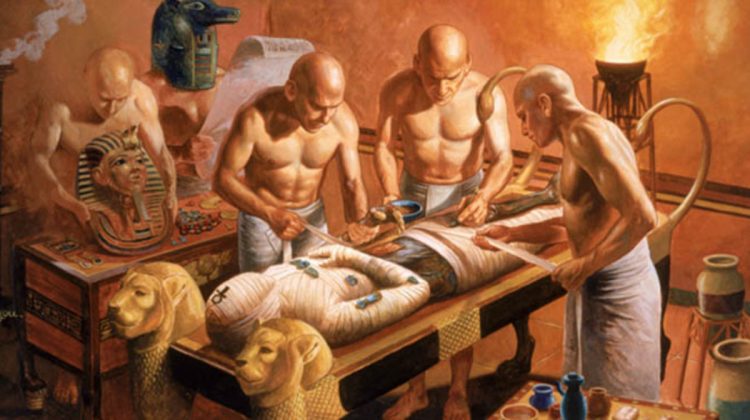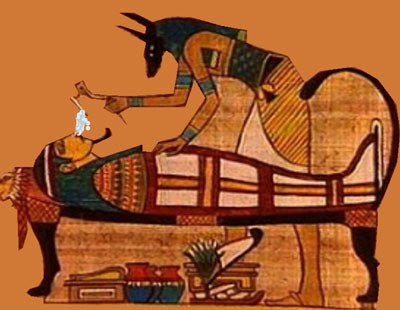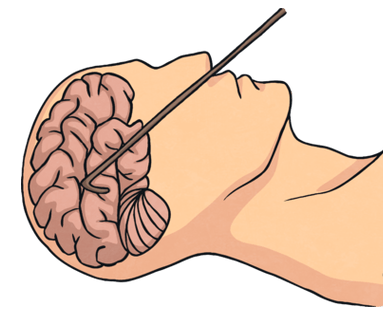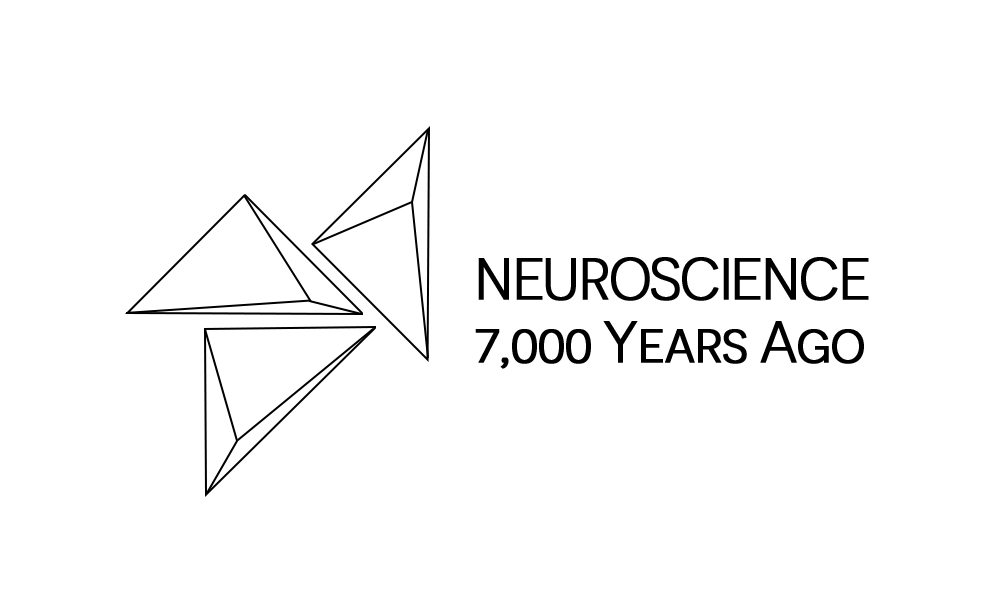
Brain Mummification
The ancient Egyptians believed in life after death, and this believe was the main motive to the process of mummification, which luckily enabled the following generations to know more about the greatness of the pharaohs’ civilization. Mummification process aimed to preserve the body, to be more specific the “corps” as a result of the belief in life after death, so the dead person would need his/her body to process and live again [1].
The ancient Egyptians believed that the human being was not one entity, but complex unites complain together to form the human nature, there were eight related elements, four of which were physical in character:
- Body, was considered the central unite of the person and the container of his life.
- Heart
- Name
- Shadow.
The other four elements were spiritual, and was different parts of the soul, they were:
- akh (combination of ka and ba, and it is the transformed immortal soul).
- ka (the life force which is separated from the body at death).
- ba (the part of the soul that could travel between the two worlds the living and the death).
- sahu (the part of the soul that appears as ghost or in dreams) [2].
As the death separate the complex of the human unitary, results in dissociation of the soul’s parts from the physical parts, that’s why it was extremely important to preserve the body after death, so that the soul parts would recognize its host in the afterlife.
- Mumification procedures:
As we mentioned that the main purpose of the whole mummification process was the preservation of the corps, so the process was mainly focused on saving the hollow body for the afterlife. When the process begins the operator made an incision in the left side of the abdomen, and removing all the internal organs as a first step, to inhabit the enzymatic reactions that would eat the body from inside. These organs were treated with preservatives and stores for the person to use when he come back from the death.
The abdominal cavity and the throat were filled with preservatives, mainly they used the salt Bitumen for this method.
- What about the brain?
Despite the great importance of the brain, it was usually removed, but not in all cases, that is back to the nature of the brain tissue, which was mainly fats, so it would be an easy way of the distraction of the body from the inside. The other reason was the belief that the origin of the soul, emotions and feelings was the heart, and despite of that great role, it was also removed. The process started by breaking down the fragile bones of the top of the nose or in an exceptional case, the crack was made at the bones of the back of the orbit. It has been found that most of the cases with the nose braking technique, the brain has been extracted through the left nostril than the right, and in some cases the nasal septum was broken (Figure 1).

The tool used for this process was an iron rod with a hooked end (Figure 2)., sometimes a stream of water was used to facilitate the brain withdrawal. The brain was pulled in fragments, with or without the membranes. Then scull cavity filled with a preservative -usually bitumen. In some few cases, not only a preserver was used; in one case there was a report of founding bandages in the scull cavity, in another case, the cavity was found stuffed with rags. A record for a preserved brain inside the skull of a mummy.

The observer reported the state of the mummy when found as following “the body was sharply contracted, the left arm especially being quite doubled. The brain remained in the skull, dried to a dark brown mass, rather smaller than a cricket ball, in which the convolutions were still clearly defined. Some fragments of wood were below the body. None of the filling of the tomb had slipped the cover.”
The question here would be, for an organ very perishable under ordinary post-mortem conditions, how could this brain be preserved successfully?
The first thought is that the nature of the burial area must have been very dry, which allowed for that prevention. But this cannot be the only method they relayed on in that complicated process.
As mentioned, the composition of the brain contains large quantities of water, that’s why it is easily destroyed after the death of the body. In that matter, the brain preservation attempts should have been one of two scenarios; either by drying the brain rapidly or by another alternative liquid to keep the natural moister. The liquids used to substitute the natural watery nature of the brain are chemically stable under ordinary atmospheric conditions. Some of them also change the chemical composition of the brain in a way that delay the process of decay, that’s why they were known as preservatives.
References:
1 Lamb, D.: ‘Mummification, especially of the brain’, American Anthropologist, 1901, 3, (2), pp. 294-307
2 Halioua, B., and Ziskind, B.: ‘Medicine in the Days of the Pharaohs’ (Harvard University Press, 2005. 2005)
1 Lamb, D.: ‘Mummification, especially of the brain’, American Anthropologist, 1901, 3, (2), pp. 294-307




